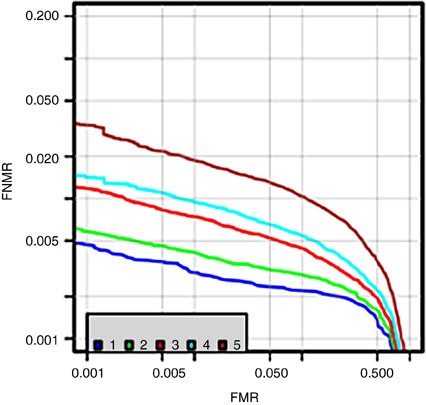

Very soon, other smartphone manufacturers followed this move from finger to face.Ĭontactless fingerprint capture via the phone’s camera has been around for a while, and there were and are pilot studies ongoing. Apple first introduced Face ID with the iPhone X in 2017 for a variety of reasons, but certainly not for pandemic or sanitary reasons. Ten months after the death of fingerprint readers was predicted, it’s time for an interim update. Along the way to this transition, more stringent disinfection solutions and antimicrobial measures will be applied to these four-finger readers. According to the forecast, within 2-3 years, four-finger readers used for more sophisticated law enforcement and border control applications will be replaced by smartphones and their contactless biometric capabilities (fingerprint or other modalities).

Low-end single-finger readers, which are mostly used for authentication, will fall off the cliff due to the pandemic. Suddenly, and for understandable reasons, facial, iris and voice biometrics have become much more relevant.Īlmost one year ago the death of fingerprint scanners was predicted. From April 2020 to the present, there have been about 25 press releases from academia, industry or the media related to touchless biometrics. If there was one buzzword that characterized the last 11 months in the biometrics community, it was “Touchless.” Whereas in the pre-pandemic era, the use of biometrics was focused on “Seamless,” today almost every conference and webinar focuses on the use of biometrics in a “Touchless” approach. However, there is a more important question to answer: Will this pandemic change the way biometrics, and fingerprint scanners in particular, are used in the future? Of course, as in any other industry, economics, supply chains, physical conferencing and working from home are the obvious implications. No doubt, the Corona pandemic, with all its implications, challenges the biometrics industry to a considerable extent.


 0 kommentar(er)
0 kommentar(er)
